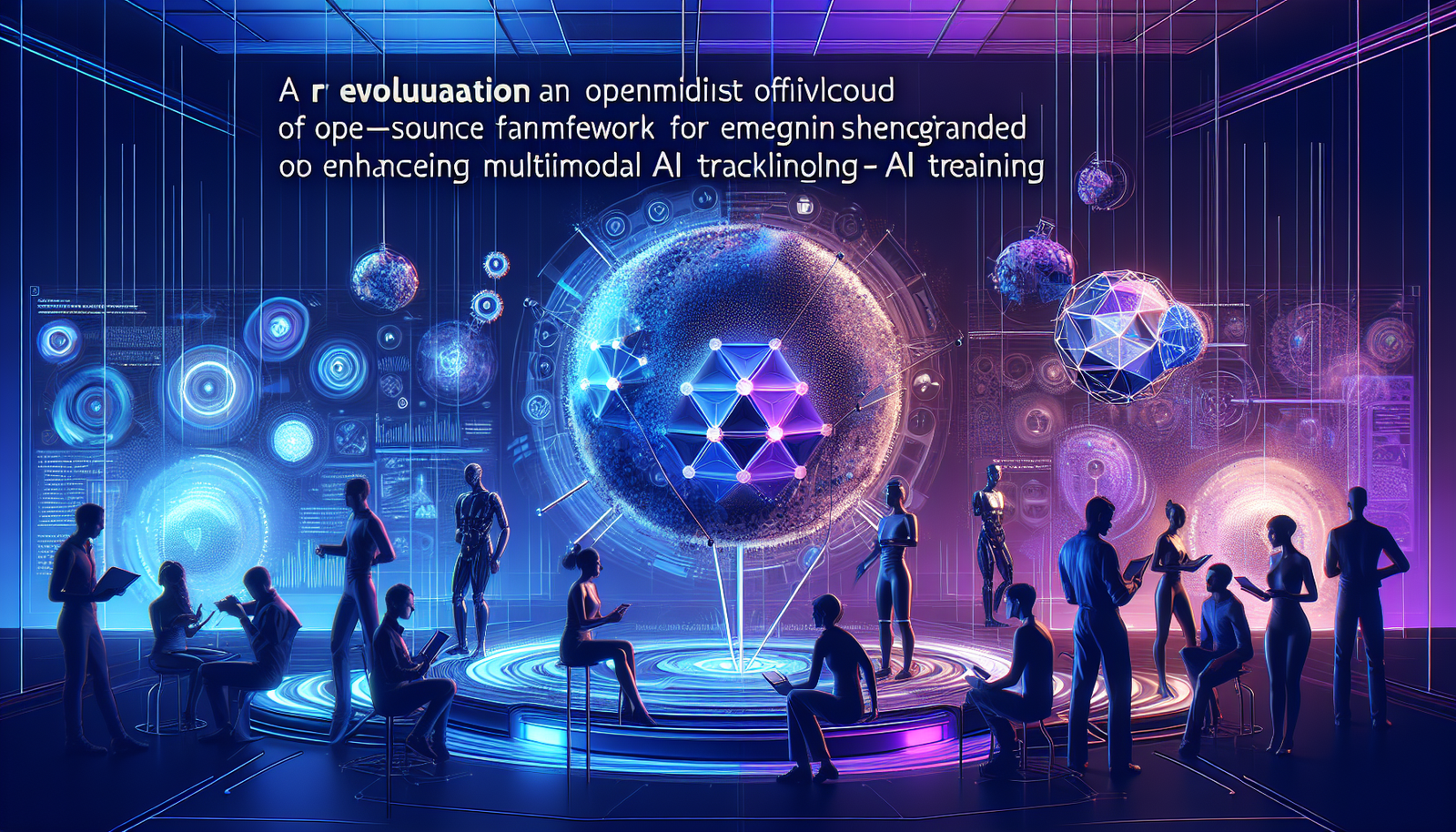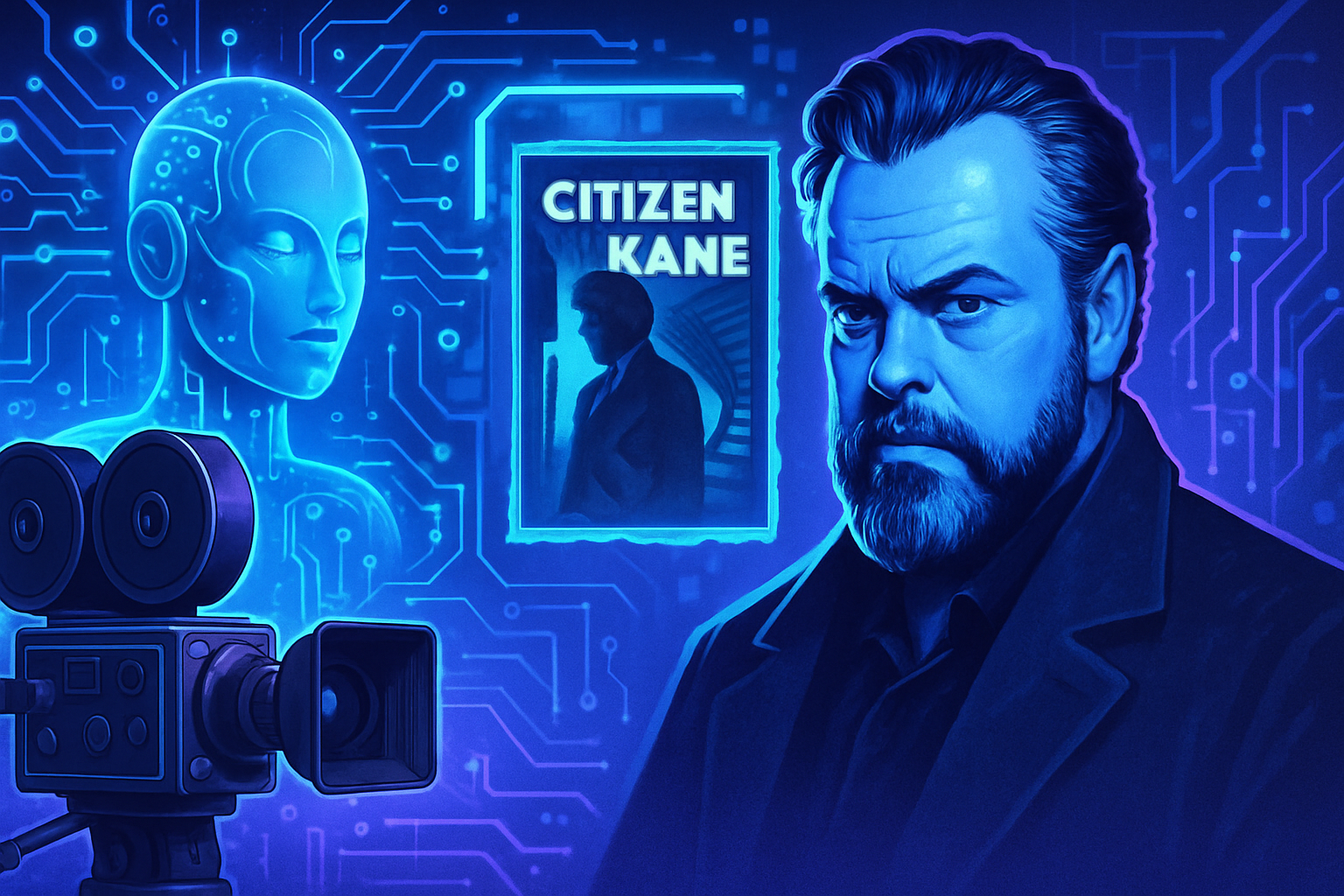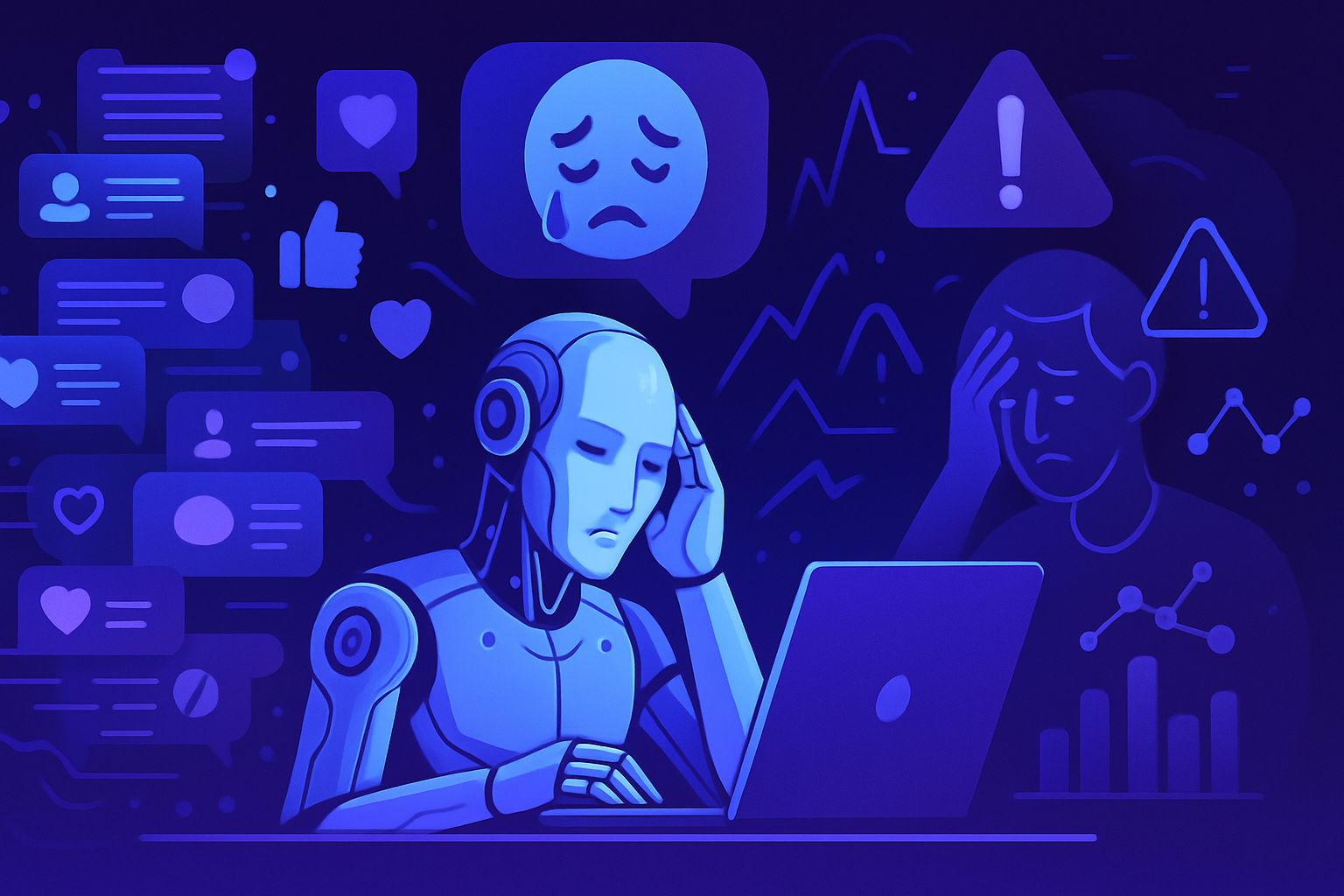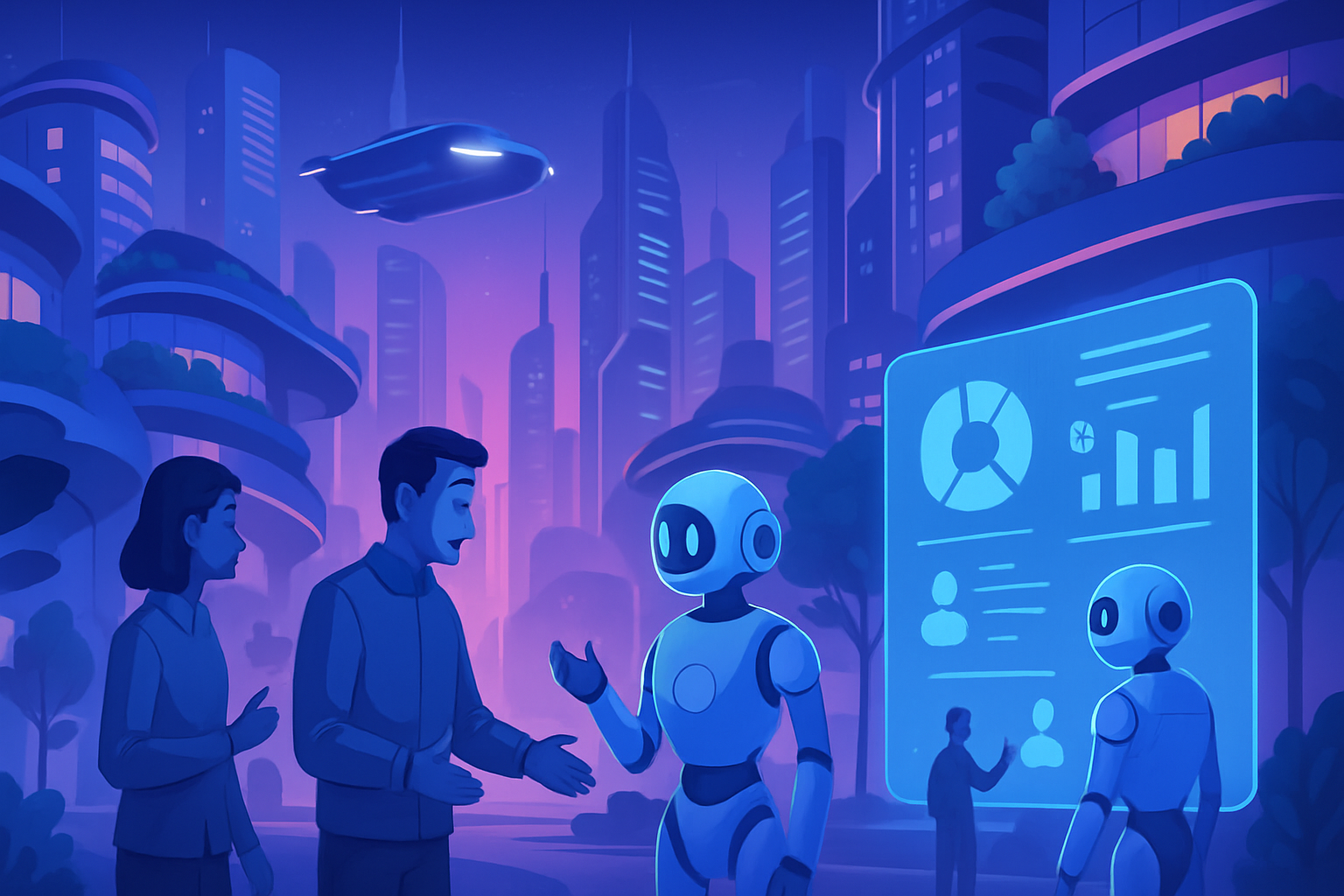The quest for a truly multimodal artificial intelligence transcends simple language models. An innovative open-source framework is emerging, promising unprecedented optimization of training capabilities. This advancement is part of a deep reflection on the integration of information from various modalities, thus enriching understanding and interaction with the world. The challenges posed by managing these varied modalities require bold solutions. Gaining a holistic view of machine learning becomes essential for researchers and industry professionals. The ramifications of these new approaches touch on various fields, from biomedical applications to climate analysis systems.
A revolutionary advance with 4M
Researchers at EPFL have designed 4M, an unparalleled open-source framework for training multimodal models. This framework allows for surpassing the limits of traditional language models, such as the famous ChatGPT from OpenAI, by integrating various modalities of information. This development paves the way for a more complex and nuanced understanding of data.
Inherent challenges of multimodal learning
Training a model on an extensive array of modalities has long presented a formidable challenge. Previous attempts often led to a decrease in performance. Traditionally, models specialized in a particular task have demonstrated better performance. Researchers then resorted to complex strategies to minimize quality losses while maximizing result accuracy.
Model training interfaces also faced difficulties when it came to managing different modalities, such as language, image, or video. These disparities often resulted in the neglect of essential information contained within certain modalities, thus diminishing the value of analyses.
Innovations enabled by 4M
The 4M project, which stands for Massively Masked Multimodal Modeling, has been supported by Apple and is part of multi-active research within the Visual Intelligence and Learning Laboratory (VILAB). This initiative highlights the model’s capacity to interpret not only language but also vision and other sensory inputs.
Amir Zamir, assistant professor and head of the laboratory, emphasizes the stakes associated with this advancement. The 4M model will better grasp the physical environment through the integration of data from multiple modalities, such as images and tactile sensations.
Aiming for a universal open-source model
Despite the considerable progress made with 4M, intriguing challenges persist. Notably, the unified representation of the model across different modalities has not fully materialized. Zamir posits that the models might function as a set of independent models, each handling a distinct task but giving an impression of harmony in their results.
In this perspective, the VILAB team is focused on providing more structure to the model while developing a generic open-source architecture. This scalable framework aims to allow experts from other fields, such as climate modeling or biomedical research, to adapt this technology to their specific needs.
Future perspectives and issues
The ambition of researchers goes far beyond multimodal training. The open sourcing process aims to provide users with the ability to customize the model according to their own data. This will significantly enrich the palette of possible applications, thereby increasing the appeal of 4M across various sectors.
Zamir also addresses questions about the future development of foundational models. While humans are limited to five senses, researchers’ quest shifts towards creating models that are deeply rooted in sensory realities. The ability to transform multimodal data into a coherent and effective model presents a key objective for the years to come.
Promising avenues are opening up with the effectiveness of multimodal models. The prospects for development will shape the technological landscape in application sectors addressing global challenges.
Frequently asked questions about open-source frameworks for multimodal AI
What is an open-source framework for multimodal AI?
An open-source framework for multimodal AI is a platform that allows for the development and training of artificial intelligence models capable of processing and interpreting different modalities of information, such as text, images, and sound, while being accessible to the community for customization and adaptation.
How does an open-source framework improve the training of multimodal AI models?
It offers the flexibility to adapt the model to specific needs, enables collaborative innovation, and encourages the use of varied resources and data, which contributes to a notable improvement in the performance and accuracy of the models.
What are the advantages of using an open-source framework compared to proprietary solutions?
The advantages include free access, the possibility of customization according to specific needs, transparency in development, and the ability to benefit from improvements made by the developer community.
What types of data can be integrated into multimodal training?
An open-source framework can integrate data from various sources, including text, images, videos, sounds, and other types of data such as biological or meteorological to enrich the context of learning.
How does open-source contribute to innovation in the field of multimodal AI?
By allowing researchers and developers to collaborate, share ideas, and improve algorithms, open-source accelerates the development of new techniques and methods that can be applied to real-world problems.
Can an open-source framework be used for commercial applications?
Yes, many open-source projects include licenses that allow for commercial use, although it is important to check the specific conditions of each framework before using it for commercial purposes.
What is the complexity of training a multimodal model compared to a unidimensional model?
Training a multimodal model is generally more complex due to the need to synchronize and integrate different modalities of data, each modality having its own characteristics and training requirements.
What expertise is required to work with open-source frameworks in multimodal AI?
It is advisable to have a basic understanding of artificial intelligence principles, programming knowledge, and data manipulation skills to fully benefit from multimodal open-source frameworks.
Are there resources available to learn how to use these open-source frameworks?
Yes, many resources are available, including online documentation, tutorials, discussion forums, and free courses that help users familiarize themselves with these tools and techniques.





